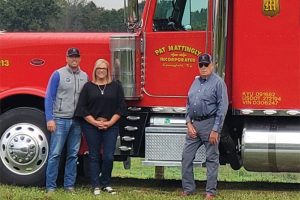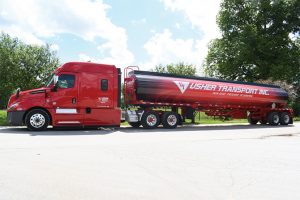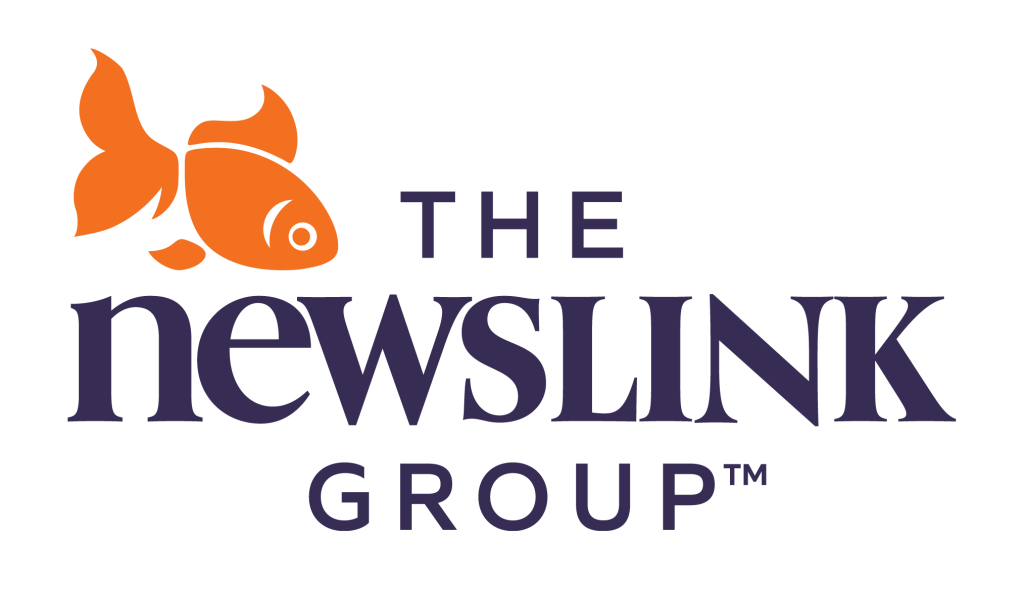By Dr. David Guess, Chairman of the Board, Kentucky Trucking Association
Throughout my academic and business career, there has always been one icon referenced to which so many business management practices point — Peter Drucker. We lost Peter Drucker in November of 2005, but the legacy and managing principles he leaves behind forever fashioned the way many of us developed our leadership style over the years. He was revered as the father of modern corporate management.
With that in mind, I thought we’d take just a few minutes and see where some of Drucker’s business applications align with our management styles in the trucking business. Drucker had copious step-by-step processes, programs, and methods all designed to aid in our daily management walk. The key, however, wasn’t so much that if you follow 1, 2 and 3, you’ll be guaranteed 4, 5 and 6 will work out perfectly. Rather, so much of his teachings were merely suggestions. Admittedly, Drucker’s “suggestions” were really basic rules of engagement for business strategists.
Through all my research, there were always five principles that seemed to stick with me more than any of the others. This was Drucker’s “5 Deadly Business Sins” published in a 1993 Wall Street Journal Article. Twenty-seven years later, in 2020, those same business sins continue to flourish in many companies. We only need to look back to the last 18 months, with more than 980 trucking companies closing their doors since January of 2019. Glance at each one of the five listed; I bet you can identify with at least two you’ve seen in action at your organization. Would I be correct in assuming your two are the same two I’ve witnessed — #4 and #5?So, what value does each of these hold in the realm of running a trucking company, particularly the managing of your day-to-day operations?
1. Worshiping high-profit margins and “premium pricing.”
How far in your organization would you have to look to unearth evidence that profit margins supersede the real value of your organizational strategy, safety culture and business plan? Often, premium pricing in the form of cheaper rates equates to increased production demands on the workforce. In other words, do more with less. Or, as some [unsuccessful] leaders might say, “Once we reach economies of scale, we can only be profitable from that point forward.” I vehemently disagree, of course. When owners, CEOs, and presidents tell me they’re now doing more with fewer resources, the first thought that comes to mind is to ask for the year’s financials showing me what that looks like. More often than not, doing more with less simply means an organization practiced “job enlargement” on their staff without any thought to “job enrichment” to accompany the theory. Time and time again, I’ve seen in companies where economies of scale were reached by merely exhausting the existing staff to the point of burnout.
2. Mispricing a new product by charging “what the market will bear.”
Now, think with me for just a minute here. In recent months, what new initiatives have we seen take place in our industry that pushes the limits of what our “market” will bear? Moreover, how have these initiatives impacted the bottom line in your organization? Think in terms of insurance rates, litigious and unfavorable trucking environments, and other factors that diminish our ability to operate efficiently and profitably.
Considering our market may not bear the brunt of such inflated cost-sharing, the compromise ends up being not moving forward or being able to execute on plans for sustainable growth. I know, that was about as clear as mud, but managing your business on the heels of what the market will bear is almost paramount to what we do daily. To borrow a phrase from a family patriarch in our company, “The sweet taste of a cheap rate pales in comparison to the bitter taste of poor service.” (Bill Usher, Sr.) You see, in our business, poor service isn’t about what the market will bear.
3. Cost-Driven pricing.
This is an easy one to answer because this is one we drive home in our management meetings, talk about at conventions, and seem to share a common bond over. You’ve heard the tagline: “Well, it may cost X amount of dollars now, but do you know how much it could cost if we don’t do this?” That’s our life, though, always justifying expenses with the possibility that what we do saves thousands, even millions of dollars. Cost-driven pricing in the trucking industry is one of two things. First, it’s overly complicated by convoluted accounting practices, or second, it can be easy, based on a firm understanding of your cost of goods sold as applicable to the trucking industry. In the case of our company, COGS is nothing more than a service. Service is the only measurable “goods sold” that we build upon.

4. Slaughtering tomorrow’s opportunity on the altar of yesterday.
Here we go; probably everyone is smirking on this one. How many times have you personally witnessed a great opportunity being slaughtered on the altar of yesterday? In the business of safety management, we sometimes pivot our decisions or reactivity based on the good ole “loss run.” I recently watched a LinkedIn podcast where an industry-respected Safety Director advised his colleagues on producing great results. It went somewhat like this: “First, get your loss runs, that’ll tell you where your problems are and from there develop a program, and you’ll end up with great numbers next year.” Now, there is a tiny bit of faith to that statement, I suppose. I couldn’t help to wonder, “Wow, that advice is going to give you a bad outcome in the grand scheme of things.” It’s established that those losses are future predictors of behavior among some drivers. The key, though, is to derail the behavior before it becomes quantifiable in a loss-run.
5. Feeding problems and starving opportunities.
And finally, one last business sin we’re all guilty of. That is, not really knowing when to just wash our hands of an issue and move on.
We’re often faced with trying to bring 20% of bad players in compliance while the remaining 80% keep us in business. When, in reality, it’s the 80% we should focus our attention to and thus weeding out the less desirable 20%. Many of the situations we face and the decisions we make are more complicated than need be.
At least in my experience, the older I get and the more I observe, listen and watch, the more likely I am to make a better decision based on the fact that a new opportunity arises from it. Attacking the current problem head-on, forming an opinion, and making a ruling is what new managers do. Listening to the issues, looking again, and then lastly, listening to facts is what trucking industry professionals do.
I hope this quarter’s column has been of some value to each of you, and your feedback is greatly appreciated each quarter. These 5 Deadly Business Sins are only the tip of the iceberg in terms of things we “shouldn’t do.”
There’s certainly no shortage of those that are quick to tell us the error of our ways or point out our managerial faults. However, I believe a tipping point in our leadership and management isn’t so much in recognizing mistakes; instead, it’s within our ability to understand how those mistakes were made.
Dr. David Guess, Chairman of the Board, Kentucky Trucking Association
This story appears in the 2020 Issue 3 Kentucky Trucker Magazine.









